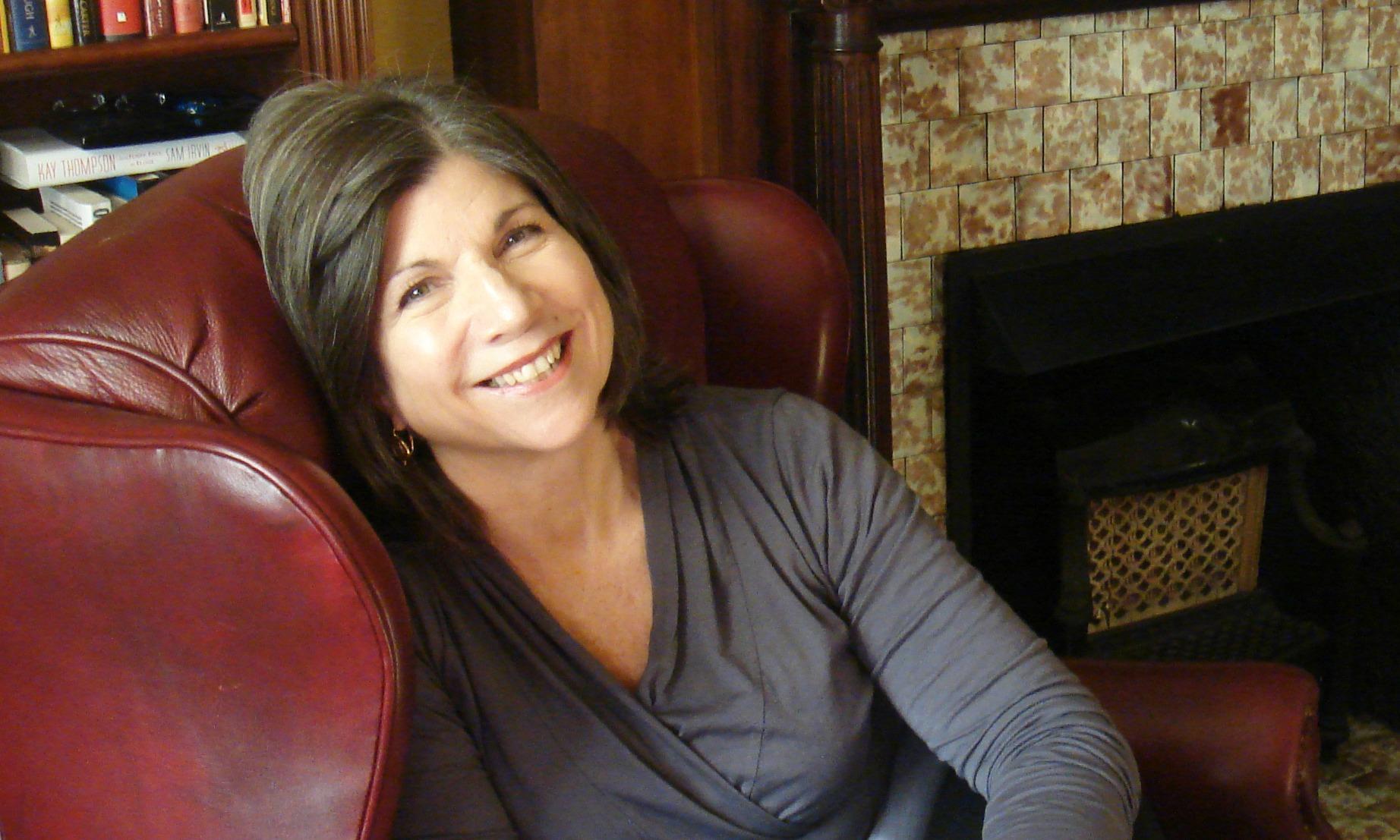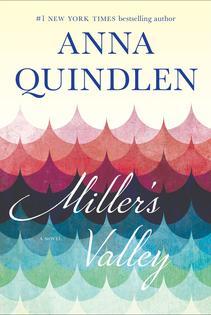Anna Quindlen on American Forgetfulness
Anna Quindlen‘s new novel“Miller’s Valley” takes place in an idyllic town seemingly far from the turbulence of the 1970s. But beneath its Norman Rockwell exterior, Miller’s Valley is hiding some dark secrets — like the fact that the government is plotting to flood the town to make a recreational lake. Miller’s Valley is changing, and the book’s protagonist, Mimi Miller, comes of age at a time when opportunities for women are changing, too.
Quindlen grew up around the same time. She found success at “The New York Times” as a reporter, editor, and columnist. After earning a Pulitzer, Quindlen left journalism to take up writing books full-time.
Kurt Andersen: The central plot device of “Miller’s Valley” is a big dam that turns this town into a lake. What was the genesis of that idea?
Anna Quindlen: Well, it doesn’t ruin anything to say at some level it’s metaphoric. I wanted to write a really American novel, and one of the things that strikes me about America — and that frustrates me about America — is that we have amnesia, that things happen in this country and then we paper them over and promptly, utterly forget about them. The water over the town, as though the town has never existed, seems to me to be a metaphor for the way so much of America is handled.
Mimi has a childhood friend who she watches get pregnant and get into a not-great marriage while she, Mimi, escapes and becomes successful. Was it with your generation that women had more opportunity to escape, to reinvent their lives?
I think that was a crunch moment, and I think Mimi’s relationship with LaRhonda, her friend, illustrates that crunch moment. There were young women who felt like they had to adhere to the old ways. They discover they’re accidentally pregnant — they’re in a wedding gown 60 days later. Then there were the ones who thought, “I’m not going to do that, I’m not going to do what my grandmother had to do or my mother had to do,” and who found a way out of it. It’s not a spoiler to say there’s an abortion in this novel, and that’s not because I was trying for anything shocking — it’s because that’s what a lot of women began to do in the ’70s. I think those two characters illustrate the moment when people could take one of two forks in that road, and increasingly women started taking the one that said “I’m the mistress of my own fate.”
As you started writing fiction, were there nonfiction habits that you had to break?
No, there were nonfiction habits that I had to keep. I mean, the ability to sit down in a chair and write even when you don’t feel like writing — boy, that’s invaluable when you’re working on a book, since no one’s coming in and saying “Where’s Quindlen? She’s not at her desk!” Concentration on the key telling details, keeping it tight. A lot of what I got from the newspaper business was absolutely invaluable when I started writing novels.
The story you just read is accessible and free to all because thousands of listeners and readers contribute to our nonprofit newsroom. We go deep to bring you the human-centered international reporting that you know you can trust. To do this work and to do it well, we rely on the support of our listeners. If you appreciated our coverage this year, if there was a story that made you pause or a song that moved you, would you consider making a gift to sustain our work through 2024 and beyond?

